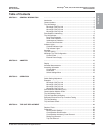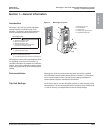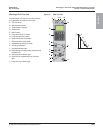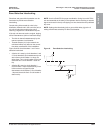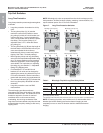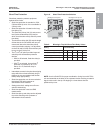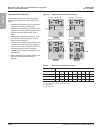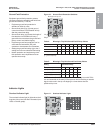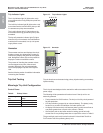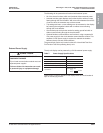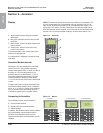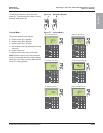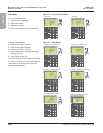Special offers from our partners!

Find Replacement BBQ Parts for 20,308 Models. Repair your BBQ today.
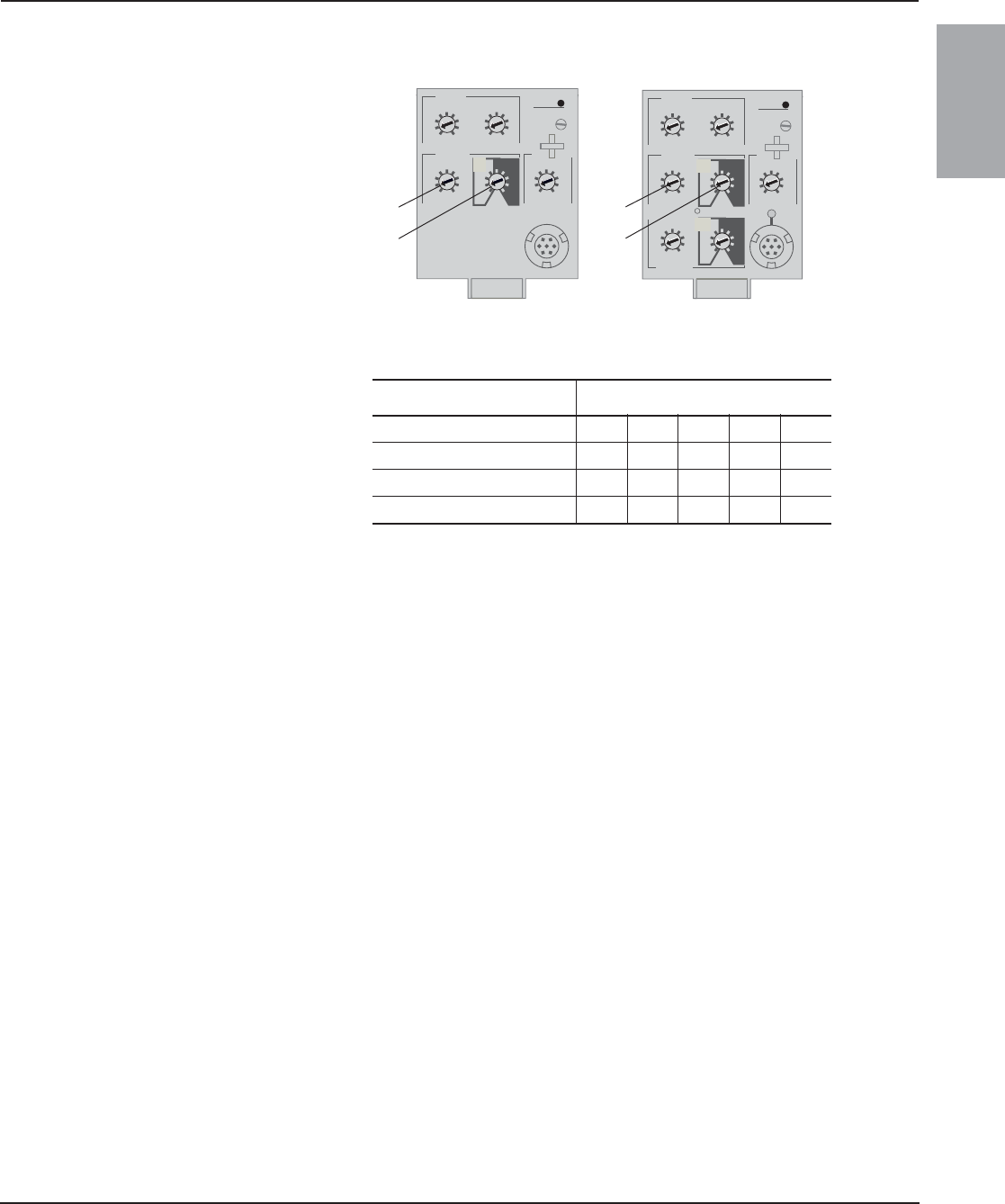
48049-136-05 Micrologic™ 2.0A, 3.0A, 5.0A, and 6.0A Electronic Trip Units
Rev. 01, 07/2012 Section 1—General Information
© 1999–2012 Schneider Electric All Rights Reserved
11-EN
ENGLISH
Short-Time Protection
Short-time protection protects equipment
against short circuits.
• Short-time protection is standard on 2.0A,
5.0A and 6.0A trip units. It is not available on
3.0A trip units.
• Short-time protection is based on the long-
time pickup (Ir).
• The short-time pickup (Isd) (A) sets current
level (below instantaneous trip level) at
which circuit breaker will trip after the preset
time delay.
• The short-time delay (tsd) (B) sets the length
of time that the circuit breaker will carry an
overcurrent above the short-time pickup
current level before tripping. It is adjustable
on the 5.0A and 6.0A trip unit and factory set
to zero on the 2.0A trip unit.
• The I
2
t on/I
2
t off option provides improved
selectivity with downstream protective
devices:
—With I
2
t off selected, fixed time delay is
provided.
—With I
2
t on selected, inverse time I
2
t
protection is provided up to 10 x Ir.
Above 10 x Ir, fixed time delay is
provided.
• Intermittent currents in the short-time tripping
range which do not last sufficiently long to
trigger a trip are accumulated and shorten
the trip delay appropriately.
• Short-time protection can be zone-selective
interlocked (ZSI) with upstream or
downstream circuit breakers.
• Setting tsd to the 0 setting turns off zone-
selective interlocking.
• Short-time protection uses true RMS
measurement.
• Short-time pickup and delay can be adjusted
to provide selectivity with upstream or
downstream circuit breakers.
Figure 8: Short-Time Protection Switches
Table 2: Micrologic Trip Unit Short-Time Delay Values
Setting Short-Time Delay
I
2
t off (Isd at 10 Ir) (seconds) 0 0.1 0.2 0.3 0.4
I
2
t on (Isd at 10 Ir) (seconds) 0.1 0.2 0.3 0.4
tsd (min. trip) (milliseconds) 20 80 140 230 350
tsd (max. trip) (milliseconds) 80 140 200 320 500
NOTE: Use I
2
t off with ZSI for proper coordination. Using I
2
t on with ZSI is
not recommended as the delay in the upstream device receiving a restraint
signal could result in the trip unit tripping in a time shorter than the
published trip curve.
.4
.5
.6
.7
.8
.9
.95
.98
1
delay
short tim
e
I itsd
(s)
on I
2
t
.2
.3
.4
.4
.1
.2
.3
.1
0
off
instantaneous
long time
alarm
Ir
x In
.5
1
2
4
8
12
16
20
tr
(s)
@
6 Ir
24
setting
x Ir
2
2.5
3
4
5
6
8
10
Isd
1.
5
x In
3
4
6
8
10
12
15
off
2
06133204
A
B
.4
.5
.6
.7
.8
.9
.95
.98
1
delay
short tim
e
I itsd
(s)
on
I
2
t
.
2
.
3
.
4
.
4
.
1
.
2
.
3
.
1
0
off
instantaneous
long time
alarm
Ir
x In
ground fault
B
C
D
E
F
G
H
J
Ig tg
(s)
on
I
2
t
.
2
.
3
.
4
.
4
.
1
.
2
.
3
.
1
0
off
A
.5
1
2
4
8
12
16
20
tr
(s)
@
6 Ir
24
setting
x Ir
2
2.5
3
4
5
6
8
10
Isd
1.
5
x In
3
4
5
8
10
12
15
off
2
test
06133351
A
B
Micrologic 6.0A Trip Unit
Micrologic 5.0A Trip Unit



